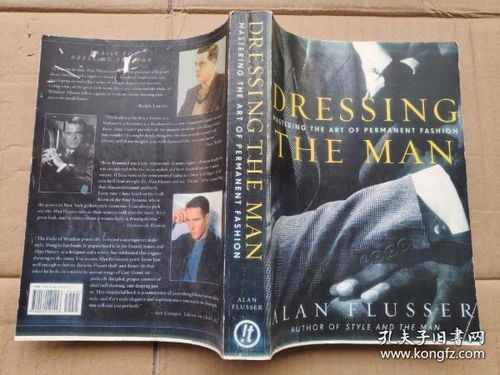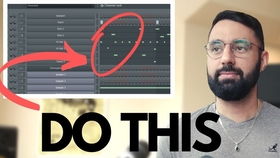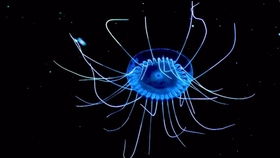Introduction:
Fishing for perch is a popular pastime that offers both relaxation and the thrill of the catch. Perch, known for their fighting spirit and delicious taste, are a favorite among anglers. One of the most challenging aspects of perch fishing is mastering the technique of catching them effectively. In this article, we'll delve into the art of catching perch, providing you with a detailed guide complete with illustrations to help you become a perch fishing pro.
Understanding Perch Behavior:
Before we dive into the fishing techniques, it's important to understand the behavior of perch. Perch are bottom-dwellers that feed primarily on small fish, insects, and crustaceans. They are often found in shallow waters with a lot of vegetation, such as lily pads, reeds, and underwater structures. Knowing where and how to find perch is the first step towards successful fishing.
Choosing the Right Gear:
The gear you use can significantly impact your success in catching perch. Here's a list of essential equipment:
- Rod and Reel: A light to medium-action spinning rod with a fast reel is ideal for perch fishing. The rod should be around 6 to 7 feet long to provide enough sensitivity and casting distance.
- Line: Use a monofilament line with a test strength of 4 to 6 pounds. This line is strong enough to handle perch but light enough to detect subtle bites.
- Hooks: Small to medium-sized hooks, typically sizes 6 to 10, are best for perch. The size depends on the bait you're using.
- Bait: Live bait like worms, minnows, or leeches are highly effective for perch. Artificial lures can also be used, especially in areas where perch are accustomed to them.
Casting Techniques:
Casting is a fundamental skill in fishing. Here's how to cast effectively for perch:
- Grasp the Rod: Hold the rod with a comfortable grip, with your thumb on the reel and the index finger on the rod's handle.
- Position the Bait: Attach your bait to the hook and make sure it's positioned correctly. Live bait should be presented naturally, while artificial lures should be adjusted according to the type of lure.
- Backcast: Begin by sweeping the rod back over your shoulder, allowing the line to unwind from the reel.
- Forward Cast: Bring the rod forward with a smooth, continuous motion, aiming to cast the bait in the direction you want it to go.
- Landing the Bait: Once the bait is in the water, let it sink to the desired depth. Perch are bottom feeders, so they're more likely to strike when the bait is near the bottom.
The Art of Catching the腮:

Catching the "腮" refers to the technique of hooking the perch in the mouth or gills, ensuring a successful catch. Here's how to do it:
- Set the Hook: When you feel a bite, don't pull too hard. Instead, give a gentle tug to set the hook. Perch have a tendency to swallow the bait, so the hook needs to be set before they can do so.
- Hooking the Mouth: Aim to hook the perch in the mouth. This can be achieved by slightly lifting the rod as you feel the bite, which will encourage the perch to open its mouth and take the bait.
- Hooking the Gills: If the perch doesn't take the bait in the mouth, it might swallow it. In this case, try to hook the perch in the gills. This can be done by reeling in quickly and then lifting the rod to ensure the hook catches the gills.
Illustrations and Diagrams:
To help you visualize the techniques described above, we've included step-by-step illustrations and diagrams:
[Insert illustration 1: Grasping the rod with a comfortable grip] [Insert illustration 2: Attaching live bait to the hook] [Insert illustration 3: Backcasting technique] [Insert illustration 4: Forward casting technique] [Insert illustration 5: Setting the hook] [Insert illustration 6: Hooking the perch in the mouth or gills]
Conclusion:
Catching perch can be a rewarding experience with the right techniques and equipment. By understanding perch behavior, choosing the right gear, mastering casting techniques, and learning how to catch the "腮," you'll be well on your way to becoming a perch fishing expert. Remember, practice makes perfect, so don't be afraid to head out and apply these techniques in the field. Happy fishing!












